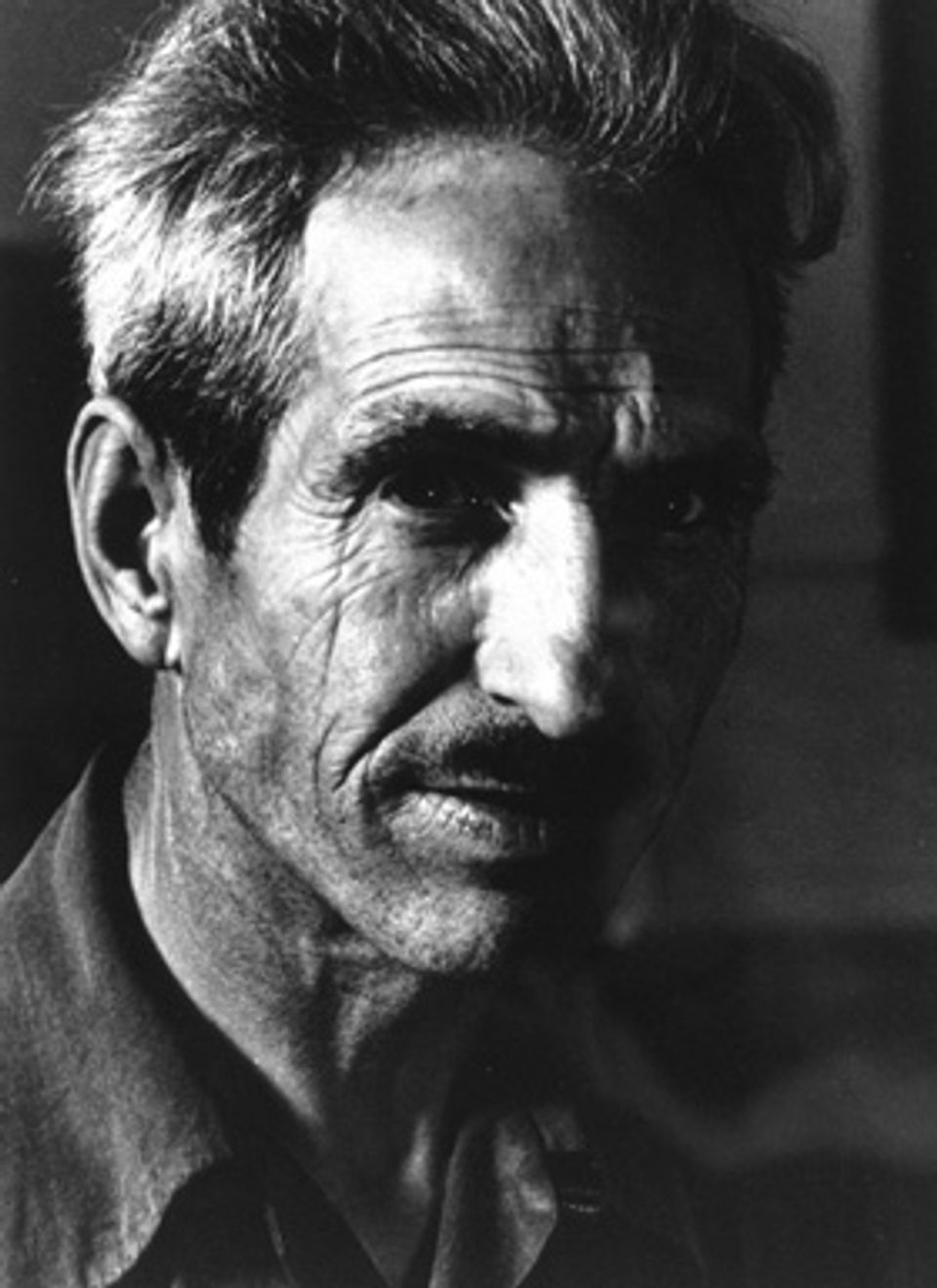Louis Monza

- Born
- Turate, Italy
- Died
- Redondo Beach, California, United States
- Active in
- New York, New York, United States
- Biography
Louis Monza was a pacifist who also embraced radical socialist doctrines. His concern for the human condition is evident in his allegorical paintings executed during World War II. … Characteristically, the painting's meaning is cryptic [ORCASTRA AT WAR, SAAM, 1986.65.131], since Monza preferred that viewers freely interpret his works. Monza was equally at ease when painting, drawing, sculpting, or making prints. His youthful apprenticeship to a master furniture carver and his exposure to northern Italy's painting traditions influenced the decorative detail, dramatic color, and volumetric, exaggerated forms of his later efforts. After emigrating to the United States in 1913, Monza began experimenting with different media. He did not devote himself to making art, however, until an accident in 1938 ended his occupation as a house painter. Three years later, his career as a regularly exhibited artist began in New York.
Lynda Roscoe Hartigan Made with Passion: The Hemphill Folk Art Collection in the National Museum of American Art (Washington, D.C. and London: National Museum of American Art with the Smithsonian Institution Press, 1990)













